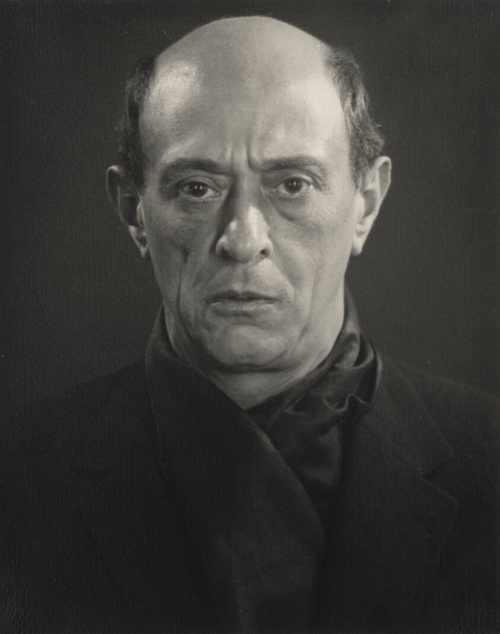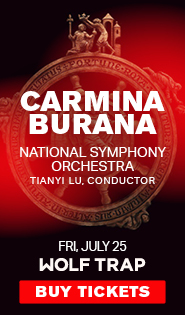Chiarina Chamber Players serve up Schoenberg rarities in dynamic concert

Music of Arnold Schoenberg was performed by the Chiarina Chamber Players on Sunday.
The 20th century was a tumultuous era in music history. Compositional styles veered from lush chromatic harmony to atonality and back again.
The latest program from the Chiarina Chamber Players, heard Sunday evening at St. Mark’s Episcopal Church on Capitol Hill, led the listener on a guided tour of the period. The music of Arnold Schoenberg bookended the experience at both extremes, in a delightful program rescheduled from May of 2020.
Schoenberg composed his Vier Lieder, Op. 2, in 1899. The decadent chromaticism and poetry mostly by Richard Dehmel, set in the fairy-tale realms of Symbolism, both recalled Richard Strauss. Soprano Laura Strickling stirred most in the coffee-rich depths of her chest voice, becoming a little strained at the topmost notes in the turbulent “Erhebung.”
Pianist Efi Hackmey’s delicate touch at the piano created a web of suggestive ambiguity that added an atmospheric mist to these odd texts, especially in the subtle first song, “Erwartung.” Strickling’s assured intonation made the plush harmony pop, underscoring the potentially blasphemous lines of “Jesus bettelt.” Hackmey’s accompaniment could have been more supportive in the final song, where the top of Strickling’s voice paled at soft dynamics.
This early Schoenberg paired aptly with a late work by Heitor Villa-Lobos, The Jet Whistle (Assobio a Játo) from 1950. Adria Sternstein Foster, principal flutist of the Kennedy Center Opera House Orchestra, gave a blockbuster performance, taking up the first movement’s melody with silvery clarity. Sternstein Foster met all of the considerable technical demands handily, including perfectly placed high notes in the head-spinning stratosphere.
Her low range, breathy and sultry, was highlighted in the second movement, spun out with impressive breath support over the somber, woody double stops of Carrie Bean Stute’s cello. The soaring flute flourishes of the third movement sparkled with dazzling fingerwork and more pinpoint accuracy off the top of the staff. The pitchless climax, with air blown into the mouthpiece rather than over it, sounded like an ultrasonic jet whine, as Villa-Lobos intended.
In the middle of the program’s time range were two masterpieces from the decade of the First World War. Hackmey returned with violinist Ko Sugiyama and clarinetist David Jones, both colleagues of Sternstein Foster’s at the Kennedy Center, for three movements from the trio version of Stravinsky’s suite from L’Histoire du Soldat.
In “Marche du Soldat,” Jones percolated on circling runs in the lower range and wailed in the high. Sugiyama, more reticent, dispatched the fast-moving double-stops in “Le Violon du Soldat” with aplomb. The raucous third movement, “Un Petit Concert,” featured the best ensemble sound, with Hackmey bringing out many facets of the complex piano part, as the soldier played his regained violin once he had broken the devil’s power.
After intermission came a complete performance of Schoenberg’s surreal song cycle Pierrot Lunaire, completed in 1912, when the composer had abandoned tonality but had not yet arrived at the twelve-tone technique. All the performers heard in different combinations in the first half came together to form the grouping now known as the “Pierrot ensemble,” led ably by conductor Nimrod David Pfeffer through the work’s complex shifts of meter.
In the bizarre Sprechstimme vocal part, Strickling sustained pitches with a pleasing, genuinely singing style, an interpretive choice that provided greater tonal variety to the performance. Pfeffer’s clear gestures helped the musicians align with the singer’s spasms of disjointed melody, although placing her off to one side, rather than in the middle of the ensemble, affected the balance, which sometimes left her covered.
The instrumental contributions were all solid, including the pale, creepy intertwining of violin, flute, and clarinet in “Eine blasse Wäscherin,” the jazzy pizzicato cello in “Madonna,” and the trilling duet of soprano and flute in “Der kranke Mond.” Strickling’s low range blustered and croaked, matched by somber low sounds from piano, bass clarinet, and cello in “Nacht.” Manic obsession permeated the brief “Galgenlied” and the paranoid “Enthauptung.”
This rendition made the last song of the second section, “Die Kreuze,” a climax of the work, with clearly rendered poetry finished off by a powerful instrumental postlude. Dark humor also came out broadly in the final section, especially in the dark “Gemeinheit!” and “Parodie,” with accomplished musicianship across the instrumental ensemble. Stute channeled Pierrot’s scraping viola in her cello solo during “Serenade,” matched by more luxuriant ensemble sound in the final two songs.
Violinist Todd Phillips joins the Chiarina Chamber Players for piano trios by Schubert and Ravel 7:30 p.m. February 27. chiarina.org

